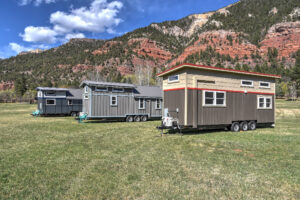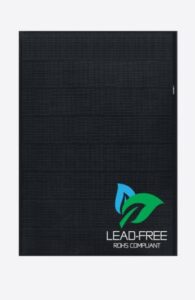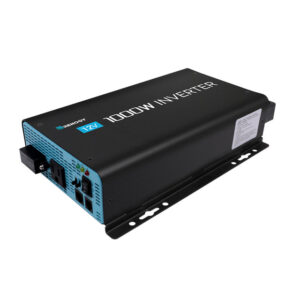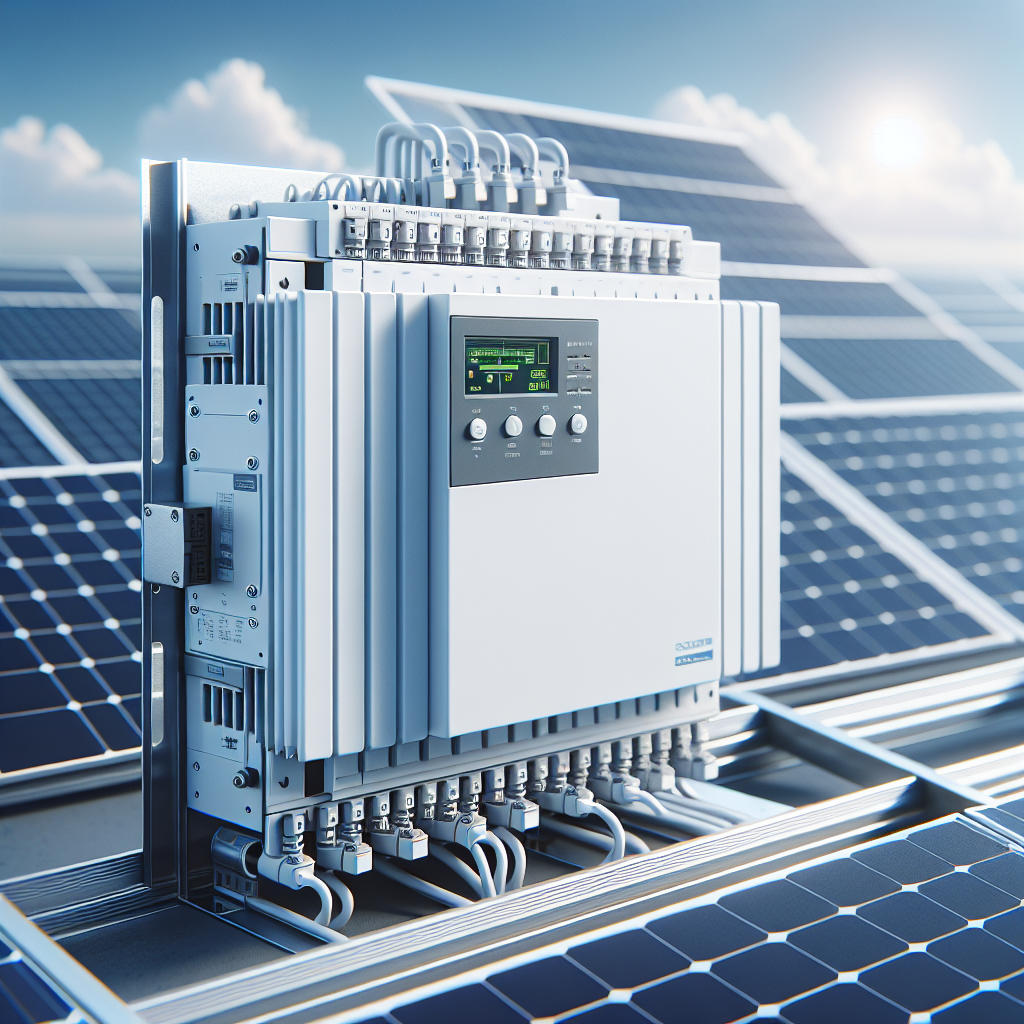
Key Takeaways
-
Understand the critical role of a solar inverter and how the Deye Inverter SUN-29.9-50K-SG01HP3 can boost your solar system’s efficiency.
-
Discover the importance of positioning solar panels correctly to capture maximum sunlight throughout the year.
-
Learn how to match your solar panels with the Deye Inverter for optimal performance and energy yield.
-
Find out the best practices for maintaining your solar system to ensure long-term efficiency and reliability.
-
Get tips on upgrading your solar system capacity with the latest technology, including smart monitoring tools for enhanced performance tracking.

Catch the Sun: How Your Home Can Harness More Power with Deye Inverter Sun-29.9-50K-SG01HP3
As we dive into the world of solar energy, it’s clear that the heart of any solar power system is the inverter. This crucial component converts the DC electricity generated by your solar panels into AC power, which can be used in your home or fed back into the grid. With the right inverter, you can significantly boost your system’s efficiency. That’s where the Deye Inverter SUN-29.9-50K-SG01HP3 comes into play, offering a range of power classes from 29 kW to 50 kW, making it a versatile choice for both new installations and retrofitting existing setups.
Understanding Your Solar Inverter’s Role
The inverter is not just a converter; it’s a smart manager of your solar power. The Deye Inverter, for instance, comes with multiple MPPT (Maximum Power Point Tracking) channels. These ensure that the inverter can handle power from various panels, even if they’re in different orientations or partially shaded, without compromising the overall system efficiency. This adaptability is key in maximizing your solar gains.
Deye Inverter Sun-2.0-50K-SG01HP3 Inverter Specifications
|
Model |
SUN-29.9K-SG01HP3-EU-BM3 |
SUN-30K-SG01HP3 |
SUN-35K-SG01HP3 |
SUN-40K-SG01HP3 |
SUN-50K-SG01HP3 |
|
Battery Input Data |
|||||
|
Battery Type |
Lithium-ion |
||||
|
Battery Voltage Range(V) |
160-800 |
||||
|
Max.Charging Current(A) |
50+50 |
||||
|
Max.Discharging Current(A) |
50+50 |
||||
|
Charging Strategy for Li-ion Battery |
Self-adaption to BMS |
||||
|
Number of battery input |
2 |
||||
|
PV String Input Data |
|||||
|
Max DC Input Power(W) |
38870 |
39000 |
45500 |
52000 |
65000 |
|
Max DC Input Voltage(V) |
1000 |
||||
|
Start-up Voltage(V) |
180 |
||||
|
MPPT Voltage Range(V) |
150-850 |
||||
|
Rated DC Input Voltage(V) |
600 |
||||
|
Max Input Short-Circuit Current(A) |
55+55+55 |
55+55+55+55 |
|||
|
Max Operating PV Input Current(A) |
36+36+36 |
36+36+36+36 |
|||
|
No.of MPP Trackers/No.of String Per MPP Tracker |
3/2+2+2 |
4/2+2+2+2 |
|||
|
AC Input/Output Data |
|||||
|
Rated AC Input/Output Active Power(W) |
29900 |
30000 |
35000 |
40000 |
50000 |
|
Max AC Input/Output Apparent Power (VA) |
29900 |
33000 |
38500 |
44000 |
55000 |
|
Peak Power (off-grid)(W) |
1.5 times of rated power,10s |
||||
|
Rated AC Input/Output Current(A) |
45.4/43.4 |
45.5/43.5 |
53.1/50.8 |
60.7/58.0 |
75.8/72.5 |
|
Max AC Input/Output Current(A) |
45.4/43.4 |
50/47.9 |
58.4/55.8 |
66.7/63.8 |
83.4/79.8 |
|
Max. Three-phase Unbalanced Output Current(A) |
60 |
60 |
60 |
70 |
83.3 |
|
Max Continuous AC Passthrough (grid to load)(A) |
200 |
||||
|
Rated Input/Output Voltage/Range(V) |
220/380V,230/400V 0.85Un-1.1Un |
||||
|
Grid Connection Form |
3L+N+PE |
||||
|
Rated Input/Output Grid Frequency/Range |
50/45-55, 60/55-65 |
||||
|
Power Factor Adjustment Range |
0.8 leading-0.8 lagging |
||||
|
Total Current Harmonic Distortion THDi |
<3% (of nominal power) |
||||
|
DC Injection Current |
<0.5%ln |
||||
|
Efficiency |
|||||
|
Max Efficiency |
97.60% |
||||
|
Euro Efficiency |
97.0% |
||||
|
MPPT Efficiency |
>99% |
Decoding the Specs: What They Really Mean For You
When you look at the specifications of the Deye Inverter, the numbers tell a story of capability and adaptability. The high voltage battery range of 160-800V indicates its compatibility with different battery technologies, giving you the flexibility to choose the best storage solution for your needs. Moreover, the 2/3/4 MPPT design means you can expand your solar array without worrying about efficiency losses due to mismatched panels or varying sunlight conditions.

Positioning Solar Panels for Maximum Output
Getting the most out of your solar panels isn’t just about choosing a high-quality inverter. It’s also about where and how you position your panels. To harness the full potential of the sun’s power, your panels need to be angled correctly. This involves considering your geographical location, the tilt of your roof, and the direction your roof faces.
Tracking the Sun: Optimal Angles and Directions
Here’s the deal: the sun moves across the sky, and so should your panels. Well, not literally moving, but they should be positioned to capture as much sunlight as possible throughout the day. In general, solar panels should face true south in the Northern Hemisphere and true north in the Southern Hemisphere. The tilt angle should be equal to your latitude for optimal year-round energy production. Adjusting the angle seasonally can capture even more sunlight as the sun’s path changes.
Example: If you live at a latitude of 35 degrees, setting your solar panel tilt angle to 35 degrees facing true south will give you the best chance to maximize energy production throughout the year.
Seasonal Adjustments for Peak Efficiency
As the seasons change, so does the sun’s path. A fixed solar panel system won’t always be at the optimal angle, but you can adjust the tilt of your panels a couple of times a year to compensate for this. In summer, when the sun is high in the sky, you can lower the angle of your panels. In winter, increase the tilt to capture more of the lower-hanging sun. These small adjustments can make a significant difference in your solar efficiency.
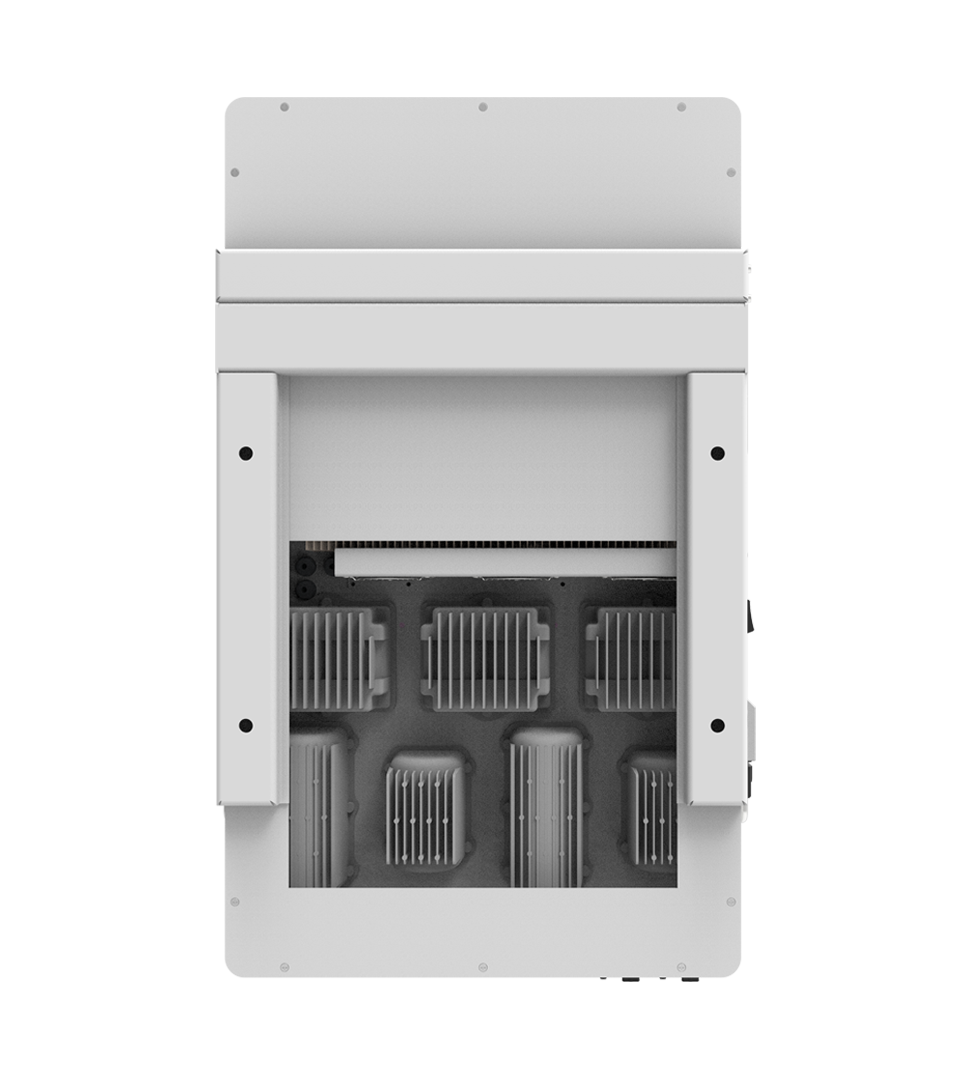
Pairing Panels with High-Performance Deye Inverter Sun-2.0-50K-SG01HP3 Inverters
The synergy between solar panels and the inverter is crucial for system efficiency. The Deye Inverter’s multi-MPPT technology allows for a broader array of panel configurations, meaning you can mix and match panels with different orientations or power ratings without losing efficiency. This flexibility is especially useful for rooftops with complex shapes or those that experience partial shading.
-
Ensure your panels’ wattage matches the inverter’s capacity.
-
Consider the number of MPPT channels the inverter has – more channels mean more flexibility.
-
Check the voltage compatibility between your panels and the inverter to avoid mismatch issues.
Matching Panel and Inverter Types for Synergy
The key to maximizing your solar system’s efficiency is ensuring that your solar panels and inverter are well-matched. The Deye Inverter’s range of power options allows you to select an inverter that closely matches the output of your solar panels, reducing losses and increasing the overall yield. This is especially important for those looking to retrofit their existing systems with a more efficient inverter.
Let’s break it down. If your solar array produces 30 kW at peak performance, choosing a Deye Inverter with a similar or slightly higher capacity ensures that none of that precious solar energy goes to waste. The inverter’s ability to handle variations in power output due to shading or other factors also plays a critical role in maintaining high efficiency levels.
Hybrid Inverter Benefits: Combining Storage and Efficiency
When you’re looking to get the most out of your solar investment, hybrid inverters like the Deye SUN-29.9-50K-SG01HP3 offer a game-changing advantage. These devices not only convert DC to AC power but also integrate battery storage into the system. This means you can store excess energy for later use, ensuring that not a single ray of sunlight goes to waste. With a high voltage battery range, the Deye inverter is designed to work seamlessly with newer, more efficient battery technologies.

Optimizing System Configuration for Your Energy Needs
Calculating the Ideal System Size
To make sure you’re not overspending or underspending on your solar system, you need to calculate the ideal size for your energy needs. Start by looking at your electricity bills to determine your average usage. Then, factor in the peak sunlight hours for your location and the wattage of your solar panels. This will give you a rough estimate of how many panels you’ll need. Remember, it’s better to have a slightly larger system than needed to account for less sunny days and potential increases in energy usage.
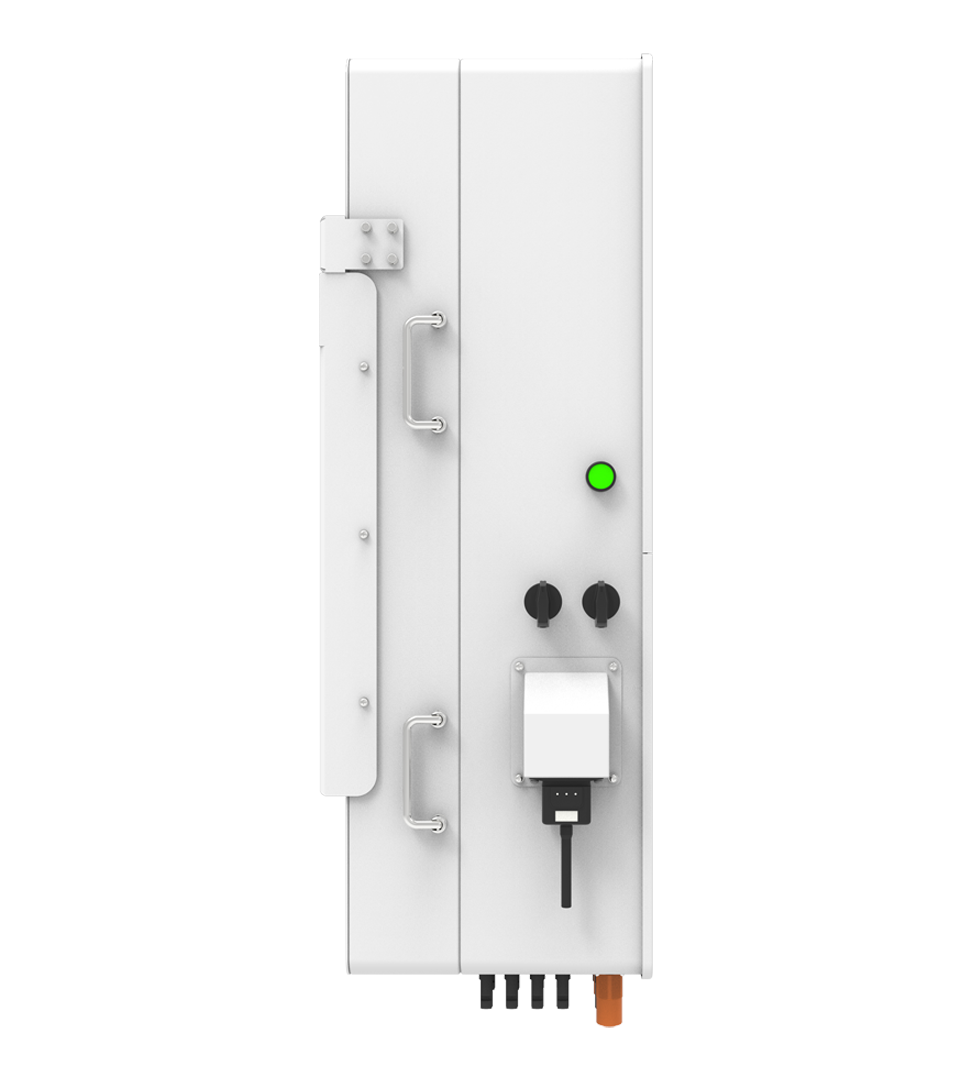
Designing for Balance: The DC/AC Ratio Explained
Designing a solar system isn’t just about the number of panels. The ratio of DC (panel output) to AC (inverter input) capacity is crucial. This is known as the DC/AC ratio, and it affects your system’s performance. A higher ratio means you can capture more sunlight on sunny days, but it also means more energy may be wasted if the inverter can’t handle the excess. The Deye Inverter is designed to manage higher DC/AC ratios, ensuring that you make the most of those sunny days without losing out on potential energy.

Maintenance for Sustained Solar Efficiency
Regular Check-Ups: Keeping Your System Healthy
Just like any other piece of technology, solar systems require regular maintenance to perform at their best. This means cleaning your panels to remove dust, leaves, and other debris that can block sunlight. It also means checking the inverter for any error messages and ensuring that all connections are secure. A well-maintained system can continue to operate at peak efficiency for many years, protecting your investment.
Spotting Red Flags: When to Call the Experts
Keep an eye out for signs that your system isn’t performing as it should. A sudden drop in energy production, frequent error messages from the inverter, or unusual noises are all red flags. If you notice any of these, it’s time to call in a professional. They can diagnose and fix the problem before it leads to more significant issues or downtime for your system.
Example: One homeowner noticed that her energy bills were creeping up, despite having a solar system installed. Upon inspection, it was discovered that a tree had grown to partially shade some of the panels, reducing their efficiency. After trimming the tree, her system’s performance improved significantly.
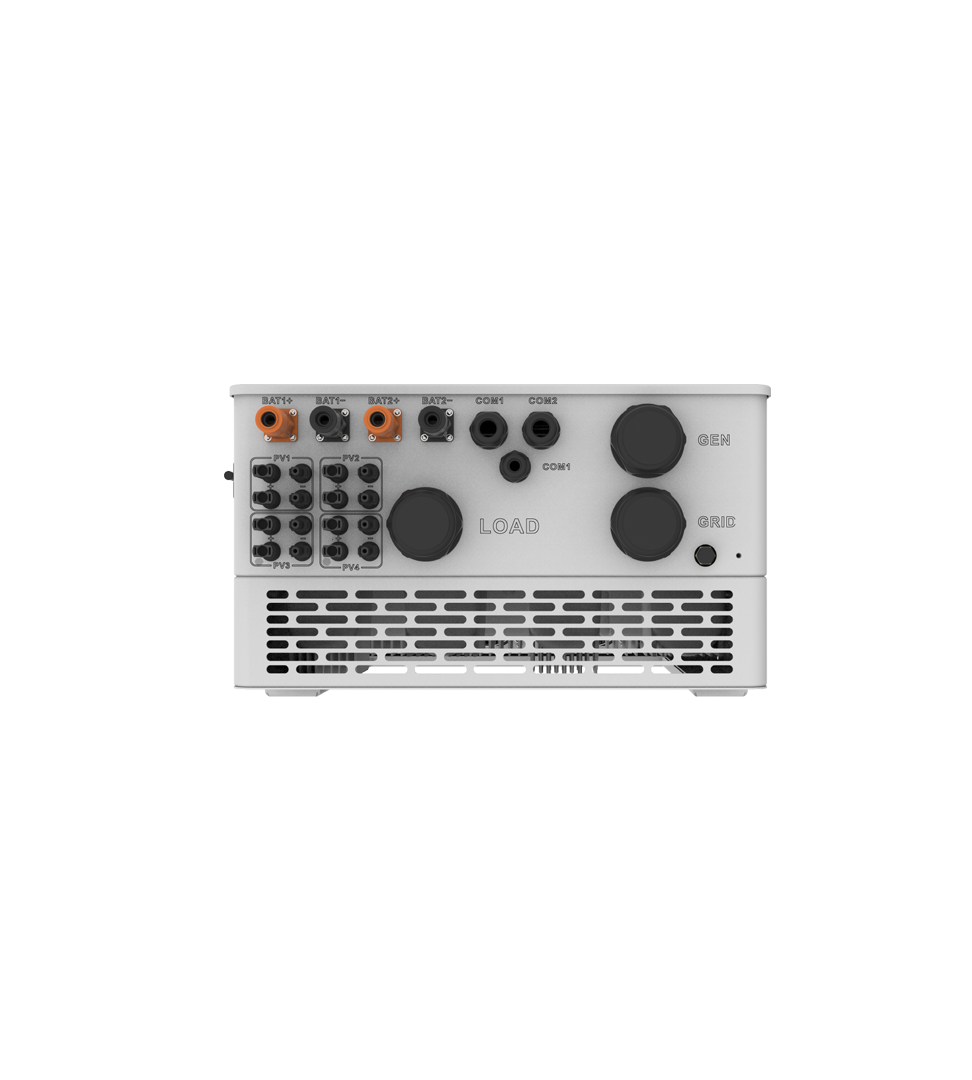
Expanding Capacity: When and How to Upgrade
Assessing New Tech: Compatibility With Existing Systems
-
Review the specifications of new technology to ensure compatibility with your current system.
-
Check if your existing inverter can handle additional panels or if an upgrade is necessary.
-
Consider the warranties and support offered by manufacturers for new components.
Upgrading your solar system isn’t just about slapping on more panels. You need to make sure that any new technology is compatible with your existing setup. For example, if you’re adding more panels, you need to ensure your current inverter, like the Deye Inverter, can handle the increased power. If not, it might be time to upgrade to a newer model that can manage the additional load.
The Incremental Path: Phased System Upgrades
Upgrading your solar system doesn’t have to be an all-or-nothing endeavor. You can take an incremental approach, adding more panels or a new inverter when your budget allows. This way, you can spread out the cost over time while continually boosting your system’s performance. Just be sure to plan your upgrades so that each new component integrates well with the existing ones.

Smart Monitoring: Keeping an Eye on Solar Performance
Remote Management Tools and Their Advantages
Modern inverters, like the Deye SUN-29.9-50K-SG01HP3, often come with remote monitoring capabilities. This means you can check on your system’s performance from your smartphone or computer. You’ll be able to see how much energy you’re producing, how much you’re using, and whether there are any issues, all in real-time. This kind of insight is invaluable for maximizing efficiency and catching problems early.
Interpreting Data to Make Informed Decisions
One of the smartest moves you can make as a solar system owner is to stay informed about your system’s performance. Modern inverters, like the Deye SUN-29.9-50K-SG01HP3, come equipped with monitoring capabilities that allow you to keep tabs on energy production and usage. This data is a goldmine for optimizing your system’s efficiency and making adjustments that can lead to significant savings.
Frequently Asked Questions (FAQ)
What Is the Role of a Solar Inverter in Maximizing Efficiency?
The solar inverter is a key player in your solar system. It not only converts the DC power from your panels into usable AC power but also optimizes the energy harvest by tracking the maximum power point of your panels. The Deye Inverter SUN-29.9-50K-SG01HP3, for example, has multiple MPPT channels to ensure that it captures as much solar energy as possible, even in less than ideal conditions.
How Do Weather Conditions Affect Solar Panel Efficiency?
Weather conditions can have a significant impact on solar panel efficiency. Overcast skies, rain, and snow can reduce the amount of sunlight reaching your panels. However, solar panels can still produce electricity on cloudy days, albeit at lower levels. Extreme temperatures can also affect performance, but with a quality inverter like the Deye Inverter SUN-29.9-50K-SG01HP3, your system can adapt to these changes and continue to operate efficiently.
Can You Upgrade an Old Solar System With a Deye Inverter?
Yes, you can upgrade an old solar system with a Deye Inverter. It’s designed to be versatile and compatible with a wide range of panel technologies, making it an excellent choice for retrofitting older systems. Upgrading to a Deye Inverter can breathe new life into your solar setup, improving efficiency and potentially increasing your system’s overall capacity.
-
Check compatibility with your existing panels and battery storage.
-
Ensure that the inverter’s power class matches your system’s output.
-
Consider the benefits of a hybrid inverter if you plan to incorporate battery storage.
What Are Hybrid Inverters and How Do They Enhance Solar Systems?
Hybrid inverters, like the Deye Inverter SUN-29.9-50K-SG01HP3, combine traditional inverter functions with the ability to connect to a battery storage system. This allows you to store excess energy for use when solar production is low, such as at night or during cloudy days. Hybrid inverters provide greater flexibility and can significantly enhance the self-sufficiency of your solar system.
What Maintenance Steps Are Crucial for Solar System Longevity?
To ensure the longevity of your solar system, regular maintenance is key. This includes cleaning your solar panels to remove dirt and debris, checking connections and wiring for signs of wear or damage, and monitoring your system’s performance for any irregularities. With proper care, your solar system, powered by a Deye Inverter, can provide reliable energy for decades.

